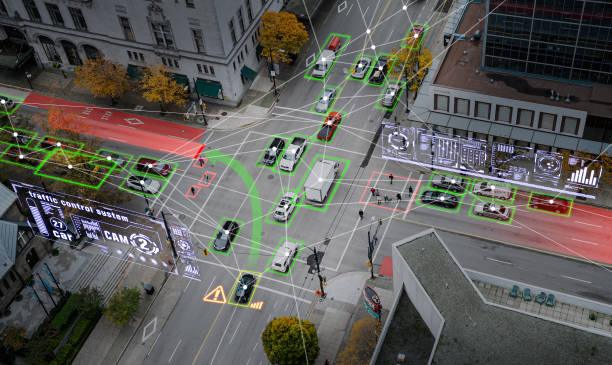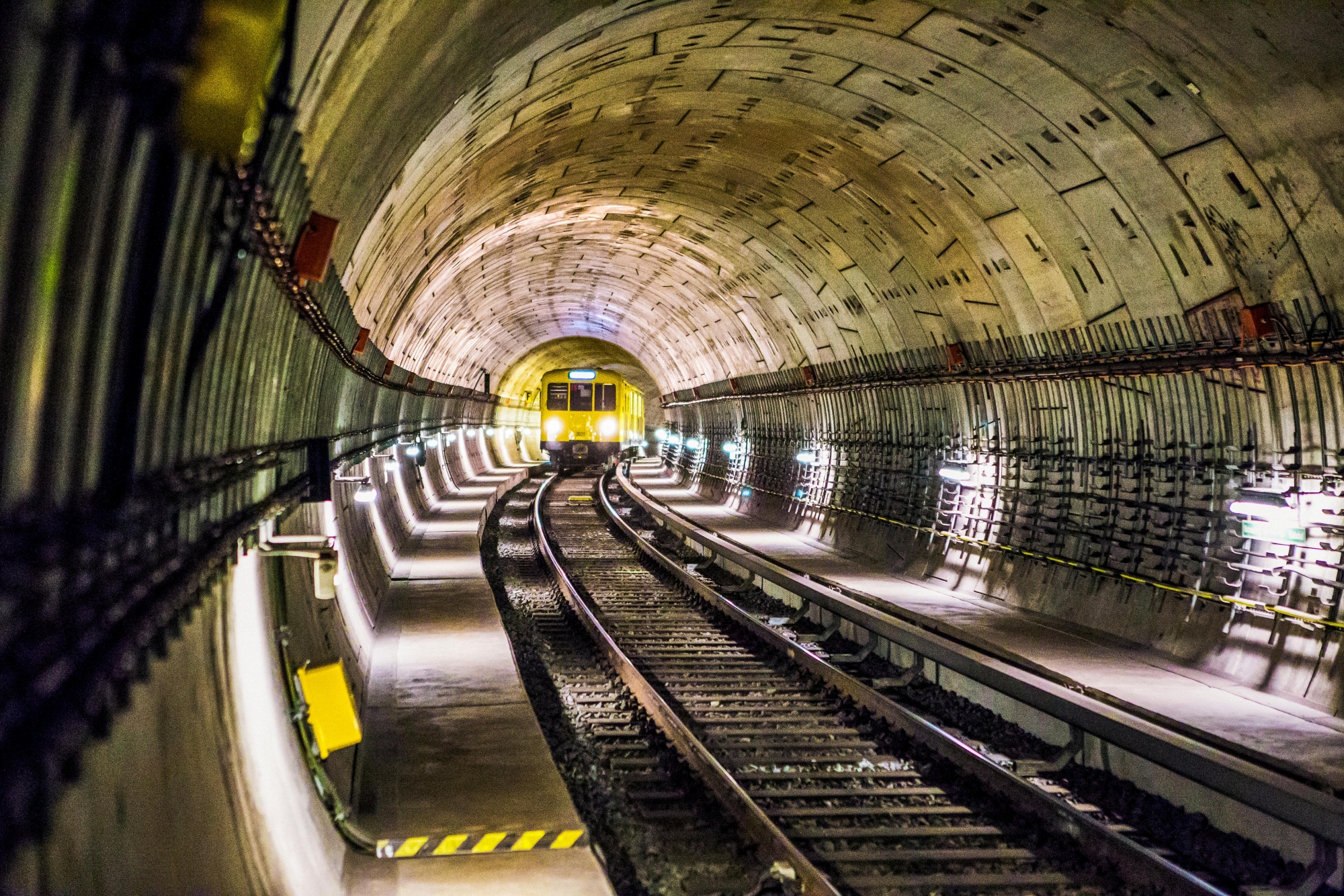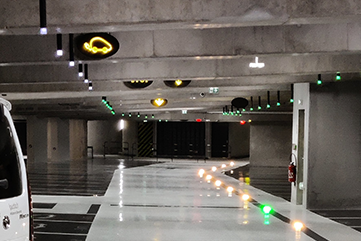
#SmartCity
23 January 2025
Why IoT is the key to a truly scalable Smart City ?
Smart cities rely on infrastructures capable of adapting to urban changes and the needs of citizens. To achieve this goal, the Internet of Things (IoT) plays a central role by enabling dynamic and optimized resource management.
But how does IoT serve as the key to a scalable smart city, and how can its adoption sustainably transform urban management ?
Major cybersecurity risks for smart cities
IoT : An essential technological lever for Smart Cities
Connecting urban infrastructures
IoT enables cities to collect, analyze, and utilize real-time data through connected sensors distributed across the territory. These sensors are used to :
- Manage traffic and mobility (parking sensors, traffic light regulation, public transport tracking)
- Optimize public lighting by adjusting brightness based on human presence
- Monitor air quality and noise levels to prevent environmental risks
- Optimize waste management by indicating container fill levels
Improving the responsiveness of municipal services
With IoT, local authorities can shift from a reactive model to a predictive and proactive one. For example :
- Predictive maintenance of urban equipment to avoid costly breakdowns
- Smart management of energy resources to reduce electricity and water consumption
- Rapid intervention of emergency services through sensors detecting accidents and incidents in real time

IoT for an adaptable and resilient City
Essential interoperability for evolution
One of the main strengths of a smart city lies in its ability to integrate new technological solutions without compromising its entire infrastructure. IoT facilitates this interoperability by using standardized protocols and relying on open platforms that allow the integration of new services over time.
Agile and scalable deployment
Unlike traditional infrastructures, IoT offers unparalleled flexibility in deploying new solutions :
- Rapid installation of additional sensors to adapt to new needs
- Remote software updates to improve equipment performance without physical intervention
- Scalability of solutions to adapt the city to demographic and environmental changes
IoT for a sustainable and efficient Smart City
Reducing the ecological footprint
IoT enables cities to better manage their resources and limit their environmental impact by optimizing :
- Energy consumption through smart grids
- Water usage via leak detection sensors
- Public transport management to reduce congestion and pollution
Better management of public budgets
By automating many processes and optimizing resource consumption, IoT helps reduce the operating costs of municipalities. This frees up budgets to finance other urban development projects.
Challenges and solutions for IoT adoption in Smart Cities
Ensuring cybersecurity and data protection
The massive deployment of IoT sensors requires rigorous management of collected data and enhanced protection against cyberattacks. It is essential to implement :
- Encryption protocols for communications
- Secure identity and access management systems
- Continuous monitoring of infrastructures to detect anomalies
Adopting open standards to avoid technological silos
To ensure smooth infrastructure evolution, it is crucial to adopt open platforms and interoperable standards such as :
- MQTT and OPC-UA for communication between systems
- FIWARE and OneM2M for structuring urban data
- 5G, LoRaWAN, and NB-IoT for reliable and scalable connectivity
Involving citizens in the digital transformation
IoT should not be a purely technological initiative but a tool serving the inhabitants. To ensure citizen buy-in, it is essential to :
- Communicate the concrete benefits of connected services
- Implement participatory applications and platforms allowing citizens to interact with their urban environment
- Ensure transparency in the use of collected data
Conclusion : Towards an intelligent, adaptable, and citizen-centric city
IoT is more than just a technological tool; it is the engine of a truly scalable and resilient smart city. Through enhanced interoperability, optimized resource management, and strengthened citizen involvement, cities can meet tomorrow's challenges and offer a smarter, more sustainable, and inclusive living environment.
To succeed in this transformation, it is essential to promote scalable infrastructures, ensure cybersecurity, and encourage a gradual and concerted adoption of IoT technologies. Thus, smart cities can truly adapt to the changing needs of their inhabitants and the environmental and economic challenges ahead.









